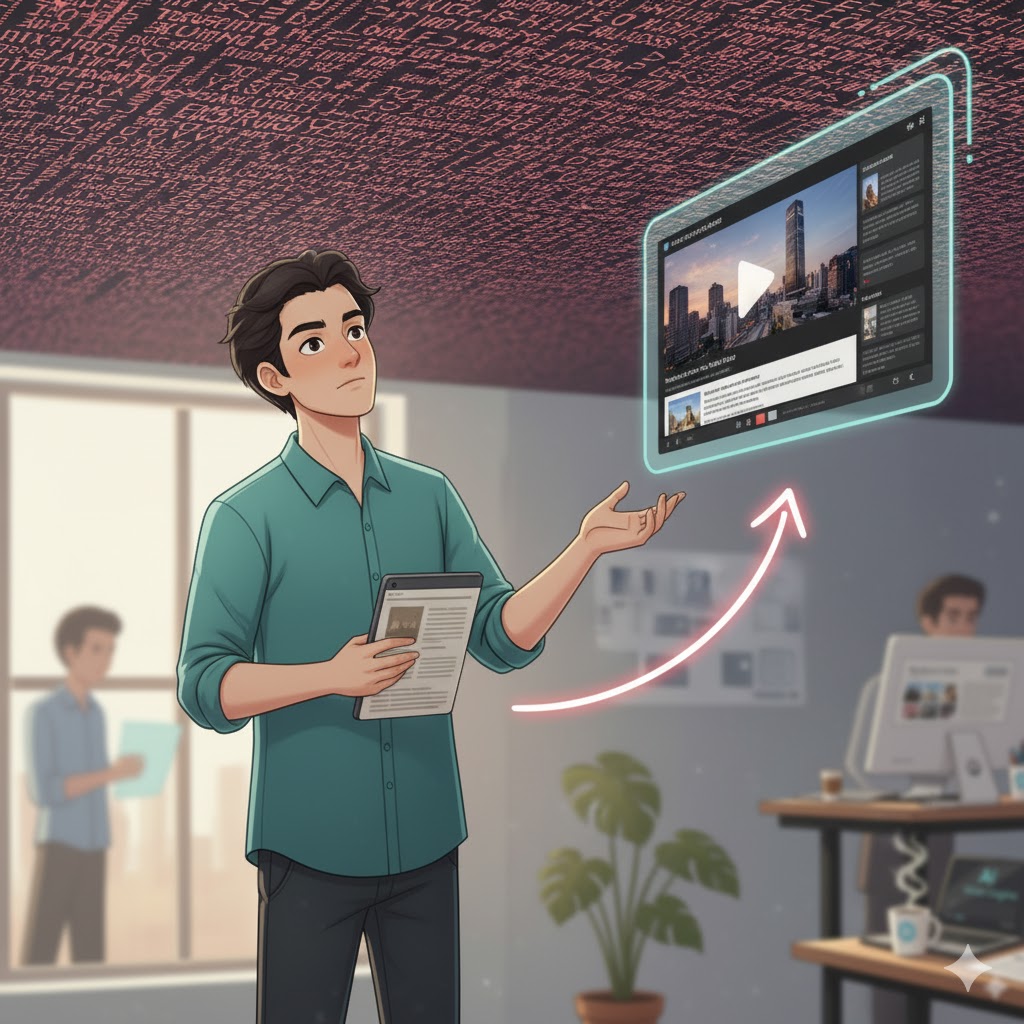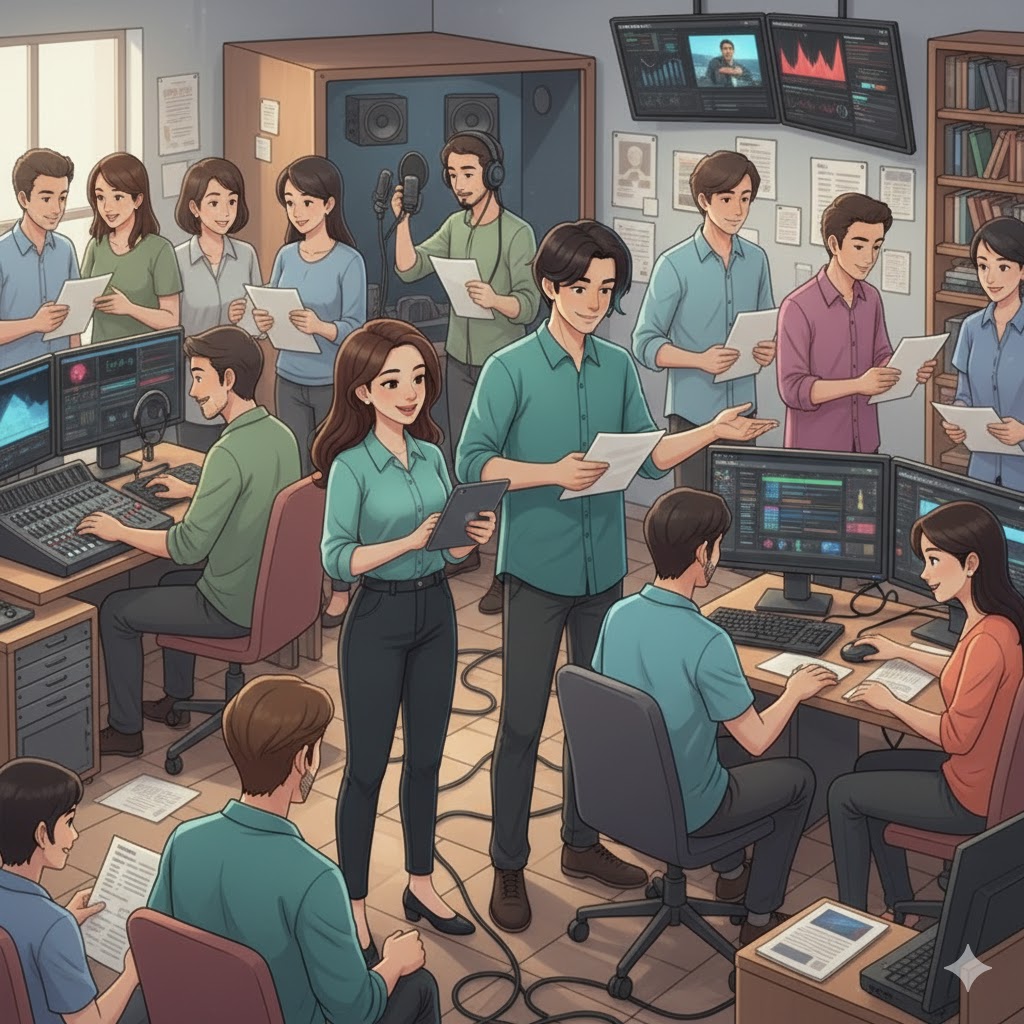In our last article, we established the problem: your display ad revenue is hitting a ceiling, and the only way out is through high-CPM video. The barrier? Traditional video is too slow and expensive for a content publisher's workflow.
So, how do you instantly convert a static, 800-word news report or a detailed real estate listing into a dynamic, compelling video that audiences and advertisers actually value?
The answer isn't a complex editing suite; it's Controlled Visual Storytelling powered by AI. Our Text-to-Visual Engine is designed to skip the production team entirely and directly emulate the high-production values of broadcast news, specifically that clean, fact-forward style seen on channels like Euronews or major network news segments.
The Secret Ingredient: Cinematic Motion

The biggest difference between an amateur slideshow and professional video lies in motion. When you watch a quality news segment, the visuals—photos, charts, graphics—aren't static. They move.
Our system automatically applies the Ken Burns effect (cinematic panning and zooming) to every image asset. It doesn't just display a photo of a new product; it glides across the image, zooming in on key details mentioned in the text. It doesn't just show a map of a travel destination; it pans slowly across the region as the voiceover describes the itinerary. This motion instantly elevates the perceived production quality, transforming passive viewing into an engaging, narrative experience.
Three Pillars of Professional Conversion

Achieving this "Euronews Effect" requires three integrated components to work flawlessly in harmony:
- High-Fidelity Voiceover Narration (TTS)
You can't afford to hire a dedicated voice artist for every article, but audio quality is non-negotiable for premium ad slots. Our system uses advanced, natural-sounding Text-to-Speech (TTS) that integrates directly into the final video output. We handle the critical timing and pacing, ensuring the narration sounds articulate, professional, and is perfectly matched to the visual flow.
- Intelligent Image Matching
A news segment doesn't just play a single image for 30 seconds. It rapidly switches visuals to match the spoken word. The engine intelligently scans your written content, identifying key entities, themes, and emotional tone, and then uses that context to synchronize your existing on-page images and graphic assets with the exact part of the narration that references them. If you publish a real estate listing, the voiceover describing the "master bath" will automatically trigger the photo of the master bath, complete with a cinematic zoom.
- Branded, Non-Jittery Transitions
A tell-tale sign of low-quality, automated video is jarring cuts and transitions. Our system applies smooth, professional transitions between visual slides, ensuring a cohesive and continuous viewing experience. This, combined with the motion effect, creates a predictable, branded output that looks like it was created by an experienced video editor who understands news packaging.
The Payoff: Broadcast Quality, Publisher Speed

The key takeaway is that you are no longer constrained by the time and cost of traditional video. You can take your 10 articles published this morning and, within minutes, have 10 branded, high-CPM video segments ready for distribution.
By combining existing text assets with controlled AI automation, you instantly meet the high standards of advertisers and break the production bottleneck, allowing your business to finally access the premium revenue streams that have been capped off by text.
